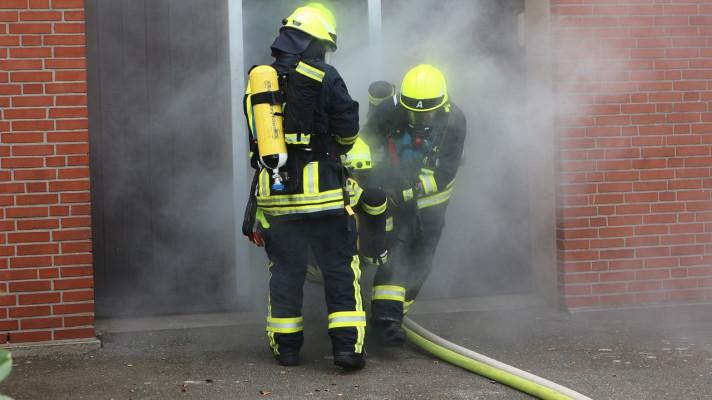UN Disease Early Warning System Proves Its Worth
| GENEVA - When Sudanese refugees reported that people were dying of a disease that caused fever and bleeding, alarm bells rang within hours at the World Health Organization (WHO) in far away Geneva. |
The tip-off was relayed to relief agencies in southern Sudan, whose radio alert was picked up by Norwegian Church Aid. Aid workers confirmed cases of patients vomiting blood - symptoms similar to the deadly Ebola illness. WHO arranged for technicians from the Kenyan Medical Research Institute to fly to the remote mountain area and collect blood samples from victims. Just 72 hours after the initial alert, WHO had confirmed that the outbreak was yellow fever - still lethal but not as deadly as Ebola - and taken steps to mount a vaccination campaign. \"Even in an area without government, if you have the networks in place, the ways of cross-referencing your information and then capacity to investigate rapidly, you can put a whole package together,\" said Dr Mike Ryan, head of WHO\'s Global Outbreak Alert and Response Network (GOARN). Since it was set up in April 2000, the unit has become the operational nerve center for global disease control in an era marked by new viruses and unprecedented travel. Classic threats from cholera to plague, and new deadly viruses like SARS (severe acute respiratory syndrome) and avian flu, which have both crossed the species barriers from animals to humans, should flash up first on its round-the-clock radar screen. Every morning GOARN experts gather to sift through media reports, Web sites, laboratory results or just plain rumors which point to potential health emergencies. The unit, which employs 39 people at WHO headquarters in Geneva, could also be crucial to containing any disease outbreak provoked by terrorists unleashing toxic biological agents. This would be the case if any such attack were launched in a poorer country where official systems of disease detection were not well developed. \"SARS proved how rapidly we could get information, verified evidence-based information out to the world on these outbreaks,\" Ryan said. TAPPING NETWORKS Through its network of institutions and laboratories - including the U.S. Centers for Disease Control and Prevention, the Institut Pasteur and South Africa\'s National Institute for Virology - the unit identifies experts and sends them to health hotspots. Last year it coordinated the response to SARS - battling China\'s initial reluctance to admit the extent of the threat. The disease erupted onto the world scene in February 2003, some months after it made its first appearance in the Chinese province of Guangdong. It eventually killed nearly 800 people, mostly in Asia. The network deployed some 50 experts across Asia to grapple with the avian flu virus amid fears of a global pandemic. \"SARS was the real test. That pushed all of us to the limits of human endurance, throughout the organization,\" Ryan said. \"But we learned a tremendous amount. We\'re hardened frontline troops in the world of international disease control now. And we are doing it a lot better this time.\" The global roster of experts on stand-by includes epidemiologists, experts in case management, intensive care and laboratory training. Medical anthropologists have been deployed in Ebola outbreaks in Gabon and elsewhere. WHO\'s 192 member states - taking advantage of a single, coordinated response unit - have stepped up reporting of epidemics and requests for technical aid, according to Ryan. \"That is not the same as admitting that you are incapable of dealing with the problem. What you are able to do is say \'we are dealing with the problem and we\'re transparent and realistic enough to know that we need help,\"\' he said. ZONES OF EMERGENCE More research is needed on \"zones of emergence\" of new infectious diseases, such as the central African rain forest and the Mekong Delta to southern China region, where people live in close contact with animals, according to Ryan. When conflict erupts, prompting large population movements and the collapse of health care, such areas of huge biodiversity become breeding grounds for disease. \"That is why we pay particular attention to places like Congo and Sudan. Because things can grow to a crisis level before the warning bells go off,\" Ryan said. \"But clearly you can see from likes of avian flu and SARS that even with good public health systems it is not very easy to prevent these diseases emerging as human health threats.\" |
Story by Stephanie Nebehay |
REUTERS NEWS SERVICE |
